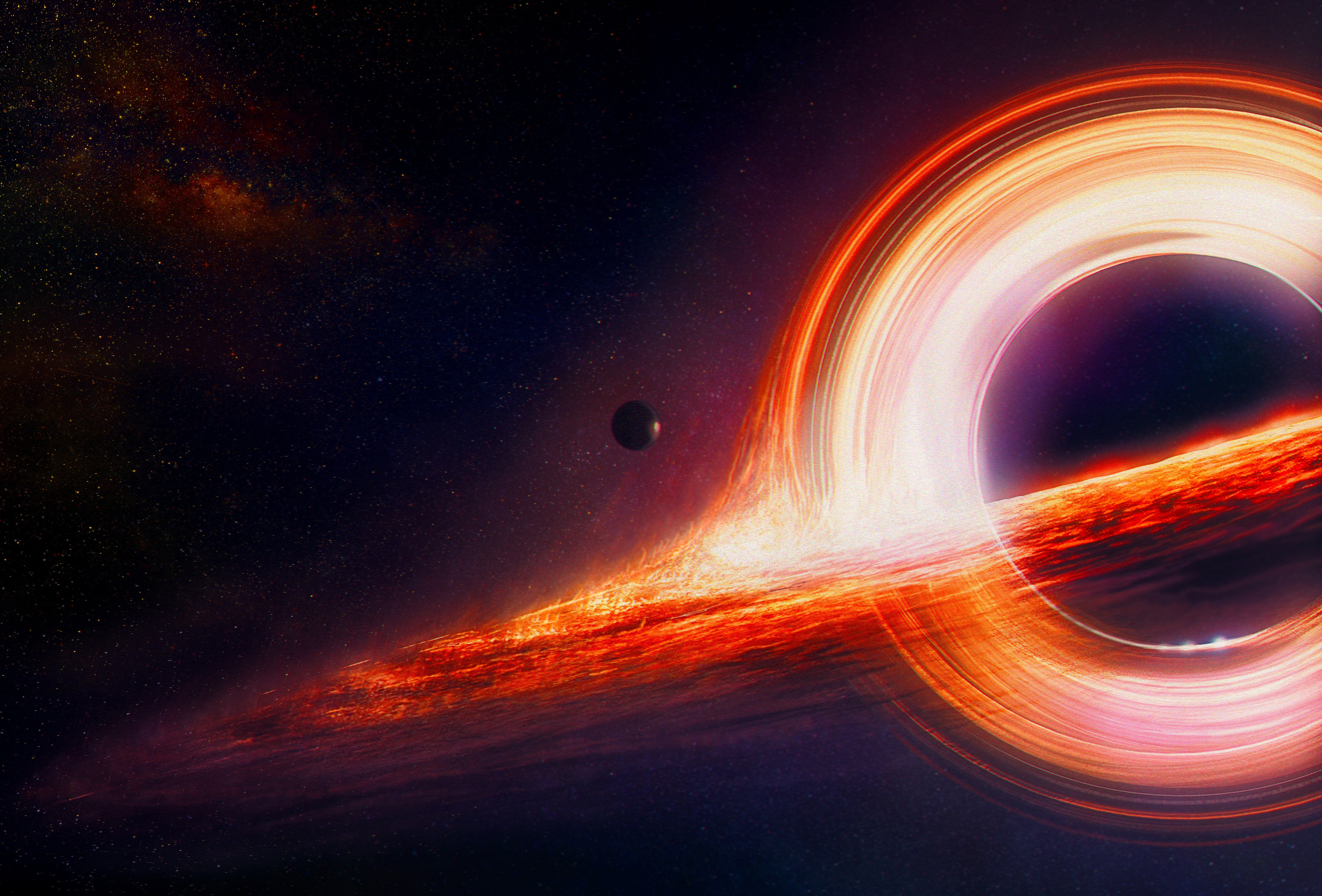A Space Flash Detected in February Was a Black Hole Devouring an Unassuming Star
The bright light was the result of a rare cosmic occurrence known as a tidal disruption event
Jacquelyne Germain
Staff contributor
December 2, 2022 2:40 p.m.

An illustration of the event horizon of a black hole Nicholas Forder / Future Publishing via Getty Images
On February 11, a star approached a supermassive black hole and subsequently was shredded by the intense gravitational forces. From Earth, scientists observed the event as a distant flash of light.
Now, researchers have determined that the bright flash was the result of a tidal disruption event, a release of electromagnetic energy that occurs when a star wanders too close to a supermassive black hole and meets its fatal end, according to NASA.
At 8.5 billion light-years away from Earth, this was the farthest and brightest tidal disruption event ever discovered, according to a statement. Two studies published Wednesday in the journals Nature and Nature Astronomy detailed the rare cosmic event from earlier this year.
“When a star dangerously approaches a black hole—no worries, this will not happen to the sun—it is violently ripped apart by the black hole’s gravitational tidal forces—similar to how the moon pulls tides on Earth but with greater strength,” Michael Coughlin, co-author of the Nature study and astronomer at the University of Minnesota, tells Reuters’ Will Dunham.
More:
https://www.smithsonianmag.com/smart-news/a-space-flash-detected-in-february-was-a-black-hole-devouring-an-unassuming-star-180981221/
